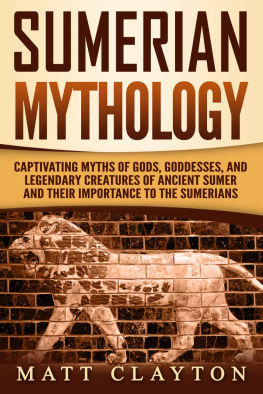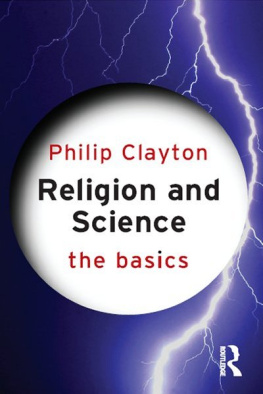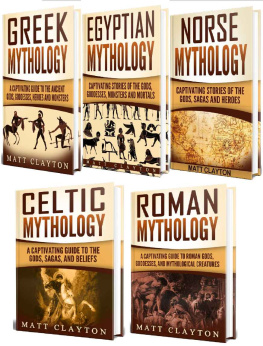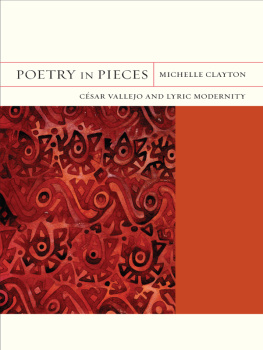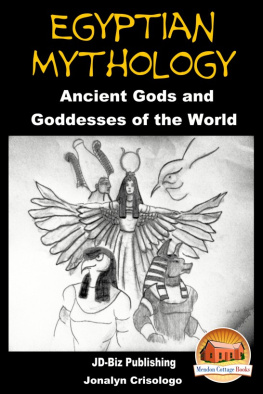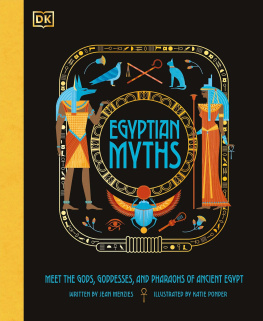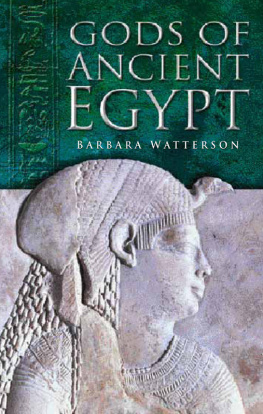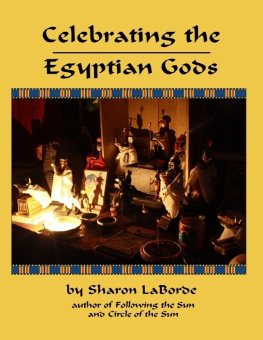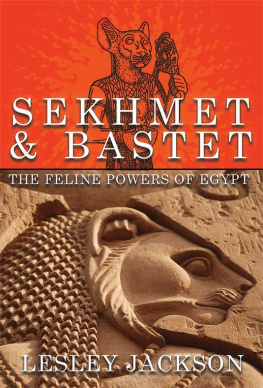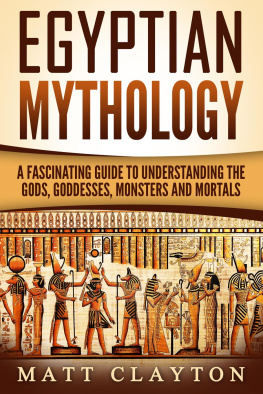Egyptian Gods
A Captivating Guide to Atum, Horus, Seth, Isis, Anubis, Ra, Thoth, Sekhmet, Geb, Hathor and Other Gods and Goddesses of Ancient Egypt
Copyright 2020
The contents of this book may not be reproduced, duplicated, or transmitted without direct written permission from the author.
Under no circumstances will any legal responsibility or blame be held against the publisher for any reparation, damages, or monetary loss due to the information herein, either directly or indirectly.
Legal Notice:
This book is copyright protected. This is only for personal use. You cannot amend, distribute, sell, use, quote, or paraphrase any part of the content within this book without the consent of the author.
Disclaimer Notice:
Please note the information within this document is for educational and entertainment purposes only. Every attempt has been made to provide accurate, up to date, and reliable information. No warranties of any kind are expressed or implied. Readers acknowledge that the author is not engaging in the rendering of legal, financial, medical, or professional advice. The content of this book has been derived from various sources. Please consult a licensed professional before attempting any techniques outlined in this book .
By reading this document, the reader agrees that under no circumstances is the author responsible for any losses, direct or indirect, which are incurred because of the use of the information within this document, including, but not limited to, errors, omissions, or inaccuracies.
Table of Contents
Free Bonus from Captivating History: History Ebook
Hi History Lovers!
My name is Matt Clayton, and Im the creator of Captivating History. First off, I want to THANK YOU for reading our books in the Captivating History series. As an avid reader of History myself, I aim to produce books that will hold you captive.
Now you have a chance to join our exclusive history list so you can get the ebook below for free as well as discounts and a potential to get more history books for free! Simply click the link below to join.
P.S. If you join now, you will also receive a free Mythology book. Remember that its 100% free to join the list.
Click here to access your bonus
Also, make sure to follow us on:
Twitter: @Captivhistory
Facebook: Captivating History: @captivatinghistory
Youtube: Captivating History
Introduction
It is tempting to see ancient Egyptian religion as something relatively static, with a single pantheon whose nature and activities did not change throughout the three-thousand-year span of the Dynastic Period. However, nothing could be further from the truth. Throughout Egyptian history, we see that gods who had once been favored were set aside or had their roles altered in order to make way for gods whose cults became more popular, while political changes, such as the conquest of Egypt by Alexander the Great, ushered in cultural and religious exchanges that both affected native Egyptian religious practices and also had an impact on the religious beliefs of Greece and Rome.
Fluidity was built into the structure of Egyptian religion itself. Many gods and goddesses had special relationships with other deities, often taking on aspects of those gods, such that a new, syncretized deity was created. We see this especially with the god Amen and the goddess Bastet. Amens association with the sun god, Ra, created the syncretized deity Amen-Ra, and in this guise, Amen became the supreme deity of Egypt during the New Kingdom. Bastet, on the other hand, was not combined with a second deity but rather was seen to be the calm, affectionate avatar of the lion-headed goddess Sekhmet, who once went on a rampage and tried to kill all humankind. Sekhmet, in turn, was considered to be a violent manifestation of the cow-headed goddess, Hathor.
Syncretization was not the only way in which relationships were established or changed between and among Egyptian deities. For example, it sometimes can be difficult to establish which deity was the consort or child of which other god or goddess, since these groupings could shift depending on location and time period. For example, the god Khnum, who had his major cult centers in southern Egypt near the source of the Nile, was variously made the husband of the goddesses Satis, Menhit, and Neith, while the god Khonsu was worshiped as the son of Amen and Mut in southern Egypt, as the son of Ptah and Sekhmet in the north, or as the son of Hathor and Sobek in the Temple of Kom Ombo in central Egypt.
The importance of the family bond to ancient Egyptians is reflected in their preference for making collections of deities that represent family groupings. For example, the Heliopolitan Ennead (Nine Gods) represented four generations of the same family. More commonly, however, these groupings were of a single nuclear family of two parents and one child, usually referred to as a triad. Although a temple might be dedicated to a single god such as Horus, that temple did not neglect to include both the gods consort and son or daughter although, as mentioned above, exactly which deities were grouped into which triads might vary depending on the historical period and location.
There are multiple ancient Egyptian creation myths, and which creation story a particular person accepted as true might depend on where they were from. For example, the major religious centers of Hermopolis, Thebes, and Memphis each had their own creation myth, and although some deities, such as Thoth, cross over from one cosmogony to the other, these tales are largely independent of one another. The three cities mentioned above were all large and important, but status was not necessary in order for a place to have its own creator god and creation myth. We see this with the ram-headed god Khnum, whose main cult centers were far from the seats of power, and who was considered to be the creator of the universe by the people who worshiped him in his shrines on the island of Elephantine and at Esna.
Because the pharaohs were deemed to be the sons of a deity (variously Horus the Younger or Amen-Ra, depending on the historical period), Egyptian religion was closely allied with politics. The pharaoh had the power to create and endow temples for the worship of the gods, and a pharaohs particular religious enthusiasms could cause shifts in national religious beliefs and practices. We see these kinds of changes especially during the New Kingdom. For example, when Pharaoh Ahmose I defeated the invading Hyksos, who had taken over Egypt, he claimed that his victory was the result of Amens favor. Pharaohs thereafter declared themselves the sons of Amen-Ra. This caused a surge in the popularity of Amens cult, for which the vast temple complex at Karnak was constructed. Similarly, during the reign of the Ptolemies, interest in the goddess Isis increased the number of devotees to her cult, which spread beyond the boundaries of Egypt into Greece and Rome.
Pharaohs could also change (or at least attempt to change) religious practice by fiat. Pharaoh Akhenaten is perhaps the best known for this, having declared traditional worship banned in favor of his own monotheistic system that centered on the sun god Aten. Akhenatens heresy was heavily resented by his people and did not outlast his own regime; his reforms were reversed by his son, Tutankhamun.
Changes instituted by other monarchs had considerably more staying power, however. This was particularly true of Ptolemy Is creation of the new deity Serapis. Serapis was considered to be the consort of Isis and was a syncretization of the god Osiris and the Apis bull. He had some Greek characteristics and was an attempt on the part of the Greek pharaoh to create commonalities between Greeks and Egyptians living under his rule.



